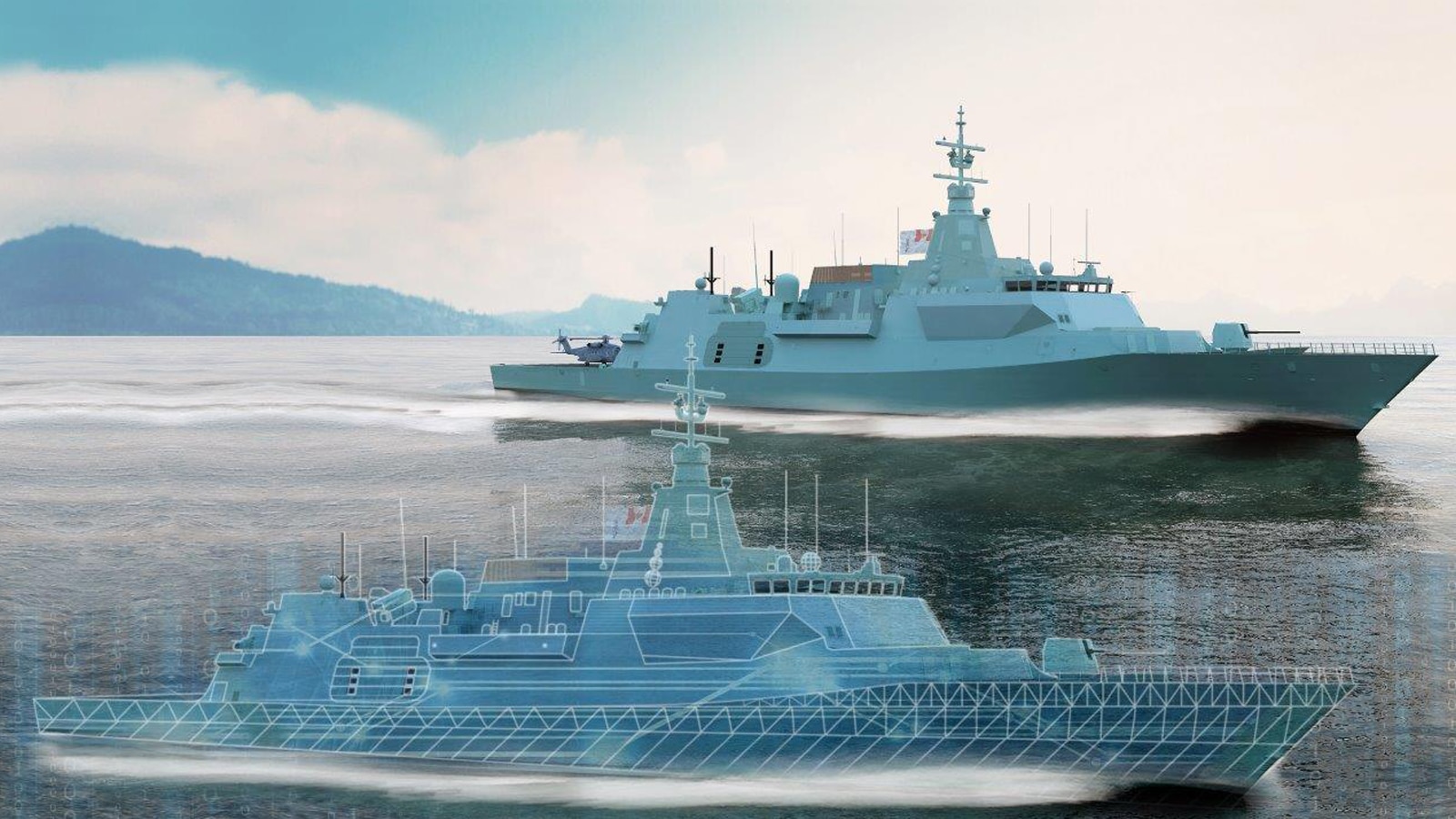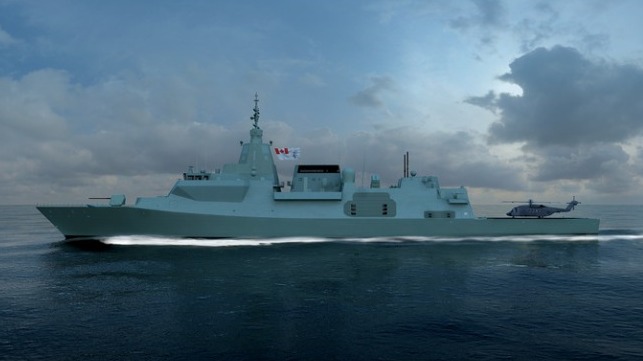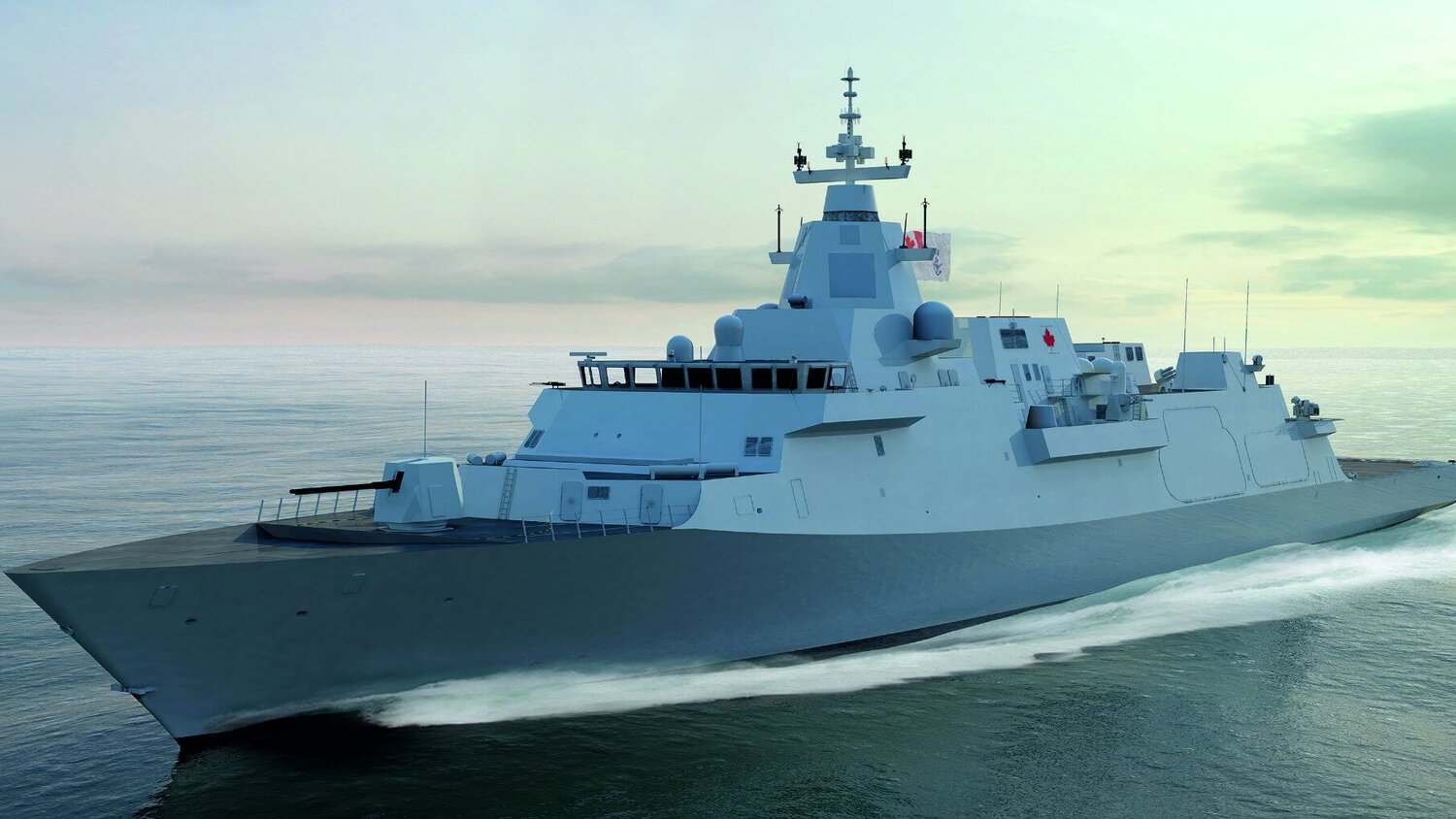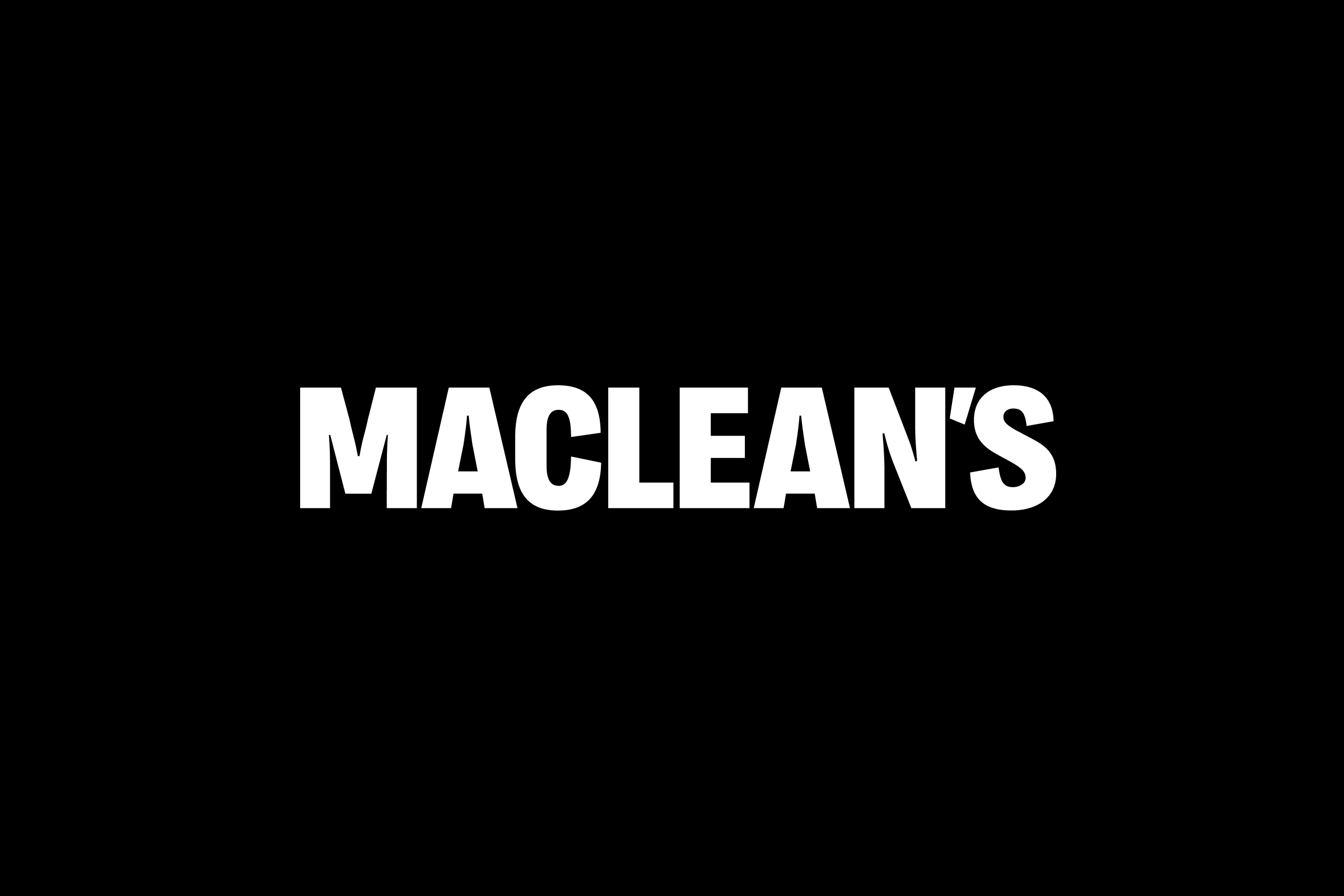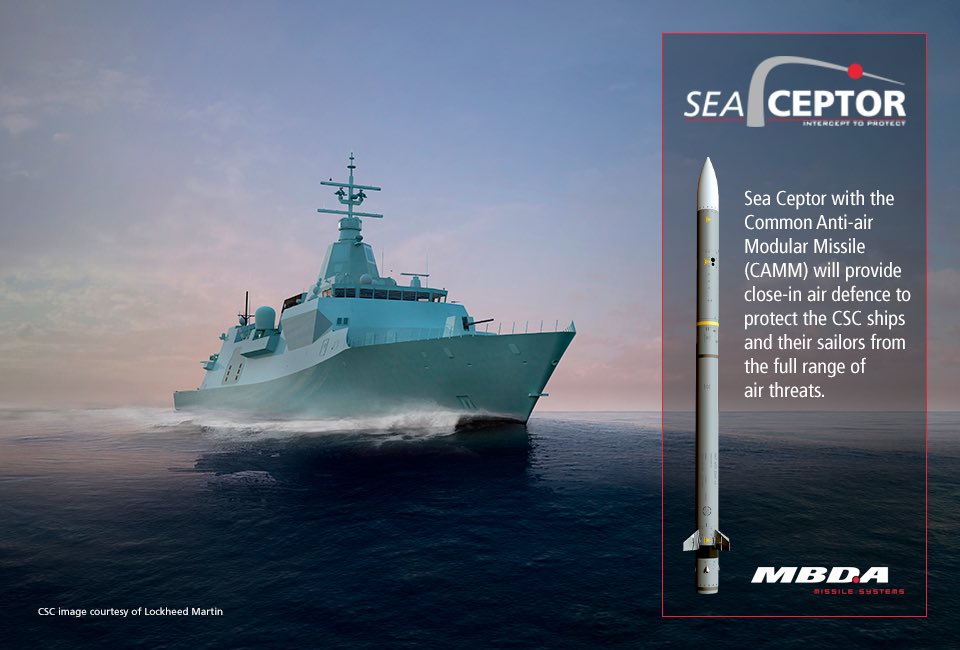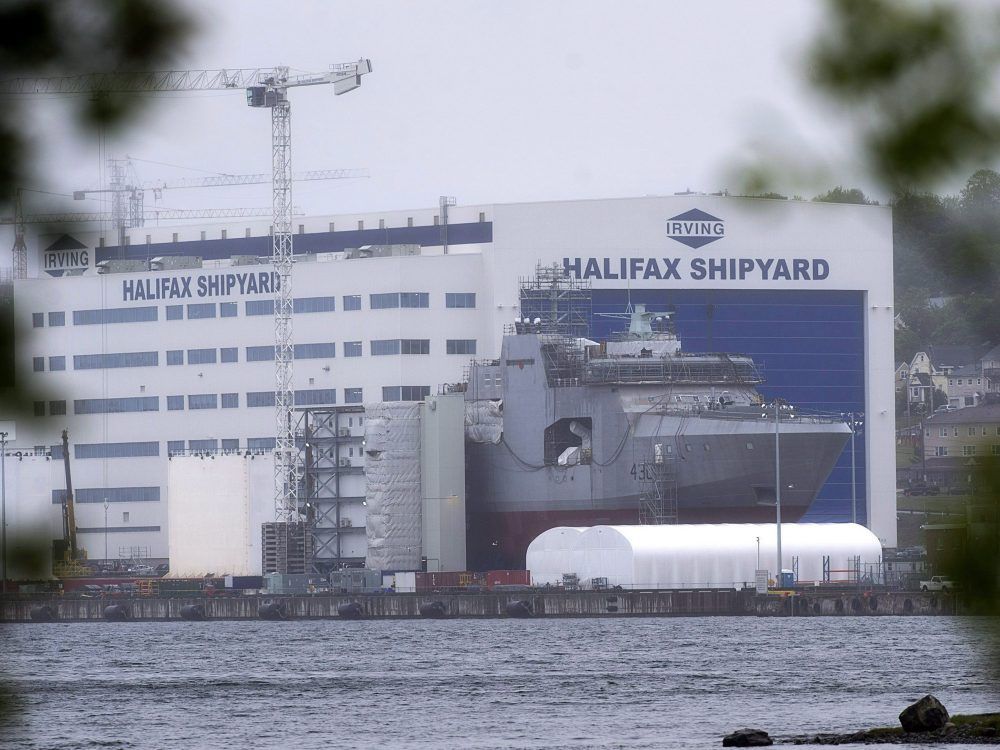It will be at least a decade before Canada sees any of its new frigates
New frigates are being packed with more combat capability than comparable ships of allies
Murray Brewster · CBC News · Posted: Feb 13, 2021 4:00 AM ET | Last Updated: February 13
An artist's rendering of the British Type 26 frigate. (BAE Systems Inc./Lockheed Martin Canada)
879
comments
It will be 2031, at the earliest, before the navy sees the first of its new frigates; a setback brought about partly by the fact Canada, Britain and Australia are still feeling their way around how to build the ultra-modern warship.
The outgoing president of Irving Shipbuilding Inc., which is in charge of constructing combat ships for the federal government, said he anticipates steel will be cut on the first of the new generation high-end warships by mid-2024.
"We have been trying to take an honest look at where we are and what it will take to build the ship," said Kevin McCoy who recently announced his retirement from the East Coast shipbuilder.
The current estimate is that it will take up to seven-and-a-half years to build the surface combatant, a timeline being used by Britain's BAE Systems Inc., which is constructing the first of what's known as the Type 26 design.
Both Canada and Australia are building their own variants.
"Early on [in the shipbuilding process] estimates are not very good," said McCoy. "Early estimates are not very good for price; they're not very good for size; they're not not very good for duration," McCoy said. "The British ship has a seven-and-a-half year build cycle. So, we're locked in. We said our build cycle will be seven-and-a-half years as well."
If they can find ways to speed up the process, they will, he said.
If that timeline holds, it means the federal government's marquee shipbuilding strategy will be two decades old by the time it produces the warship it was principally set up to create.
While Irving has been pumping out smaller, less complicated arctic patrol ships and Seaspan, in Vancouver, is building coast guard and science vessels, the strategy conceived by the former Conservative government was driven by the necessity of replacing the navy's current fleet of Halifax-class frigates.
Originally, when the shipbuilding strategy was unveiled, it envisioned Canada receiving the first new frigate in 2017. A lot of water, wishful thinking and even money has gone under the bridge since then.
Building off existing design
The current Liberal government, since taking over in 2015 and embracing the strategy, has been opaque in its public estimates of the build time; suggesting, in some documents, a delivery time in mid-2020s while other more internal records have pegged the first new frigate in the 2027 timeframe.
The Department of National Defence, in a statement, acknowledged some of the design and build intricacies are now better understood, and because of that; the first warship will be "approximately 2-3 years later than the previous estimate."
A spokeswoman echoed McCoy's remarks about finding ways to move construction along.
"We continue to look for efficiencies and are actively working with industry to accelerate the project in order to deliver this important platform to the RCN as soon as possible," said National Defence spokesperson Jessica Lamirande.
One of the ways they could do that, she said, would be to construct some, less complex modules of the warship early, the way it has been in the navy's Joint Support Ship project at Seaspan's Vancouver Shipyard.
McCoy, a blunt-talking former U.S. Navy admiral, suggested the expectations going to the surface combatant program were ultimately unworkable because the federal government came in expecting to do a so-called "clean sheet" design; meaning a warship built completely from scratch.
It was the shipyard, he said, which ultimately inched the federal government toward building off an existing design because of the enormous risk and expense of purpose-built ships, a position the Liberals adopted in the spring of 2016.
The selection of the British Type 26 design by the Liberal government has spawned criticism, a court challenge and will figure prominently in upcoming reports by the auditor general and the Parliamentary Budget Officer.
Combat capability packed into ship
The nub of the complaints have been that the frigate is not yet in the water and is still under construction in the United Kingdom.
The defence department acknowledged that adapting the British design to Canadian expectations and desires will take a year longer than originally anticipated and is now not scheduled to be completed until late 2023, early 2024.
Canada, McCoy said, can expect to pay no more $2.5 billion to $3 billion, per ship as they are produced, which is, he claimed, about what other nations would pay for a warship of similar capability.
"This is a big ship, lots of capability" he said, indicating that full displacement for the new frigate will likely be about 9,400 tonnes; almost double the 4,700 tonnes of the current Halifax-class.
McCoy said what is not generally understood amid the public concern over scheduling and cost is the fact that the Canadian version of the Type 26 will be expected to do more than its British and Australian cousins.
Where those navies have different warships, performing different functions, such as air defence or anti-submarine warfare, Canada's one class of frigates will be expected to perform both because that is what the government has called for in its requirements.
Dave Perry, a defence analyst and vice president of the Canadian Global Affairs Institute, has studied the program and said he was surprised at the amount of combat capability that was being packed into the new warship.
"On the one hand, Canada's one [class] of ship will have more combat capability than many of the other classes of ship that our friends and allies sail with, but it also adds an additional level of complexity and challenge getting all of that gear, all of that firepower into one single floating hull and platform," he said.





